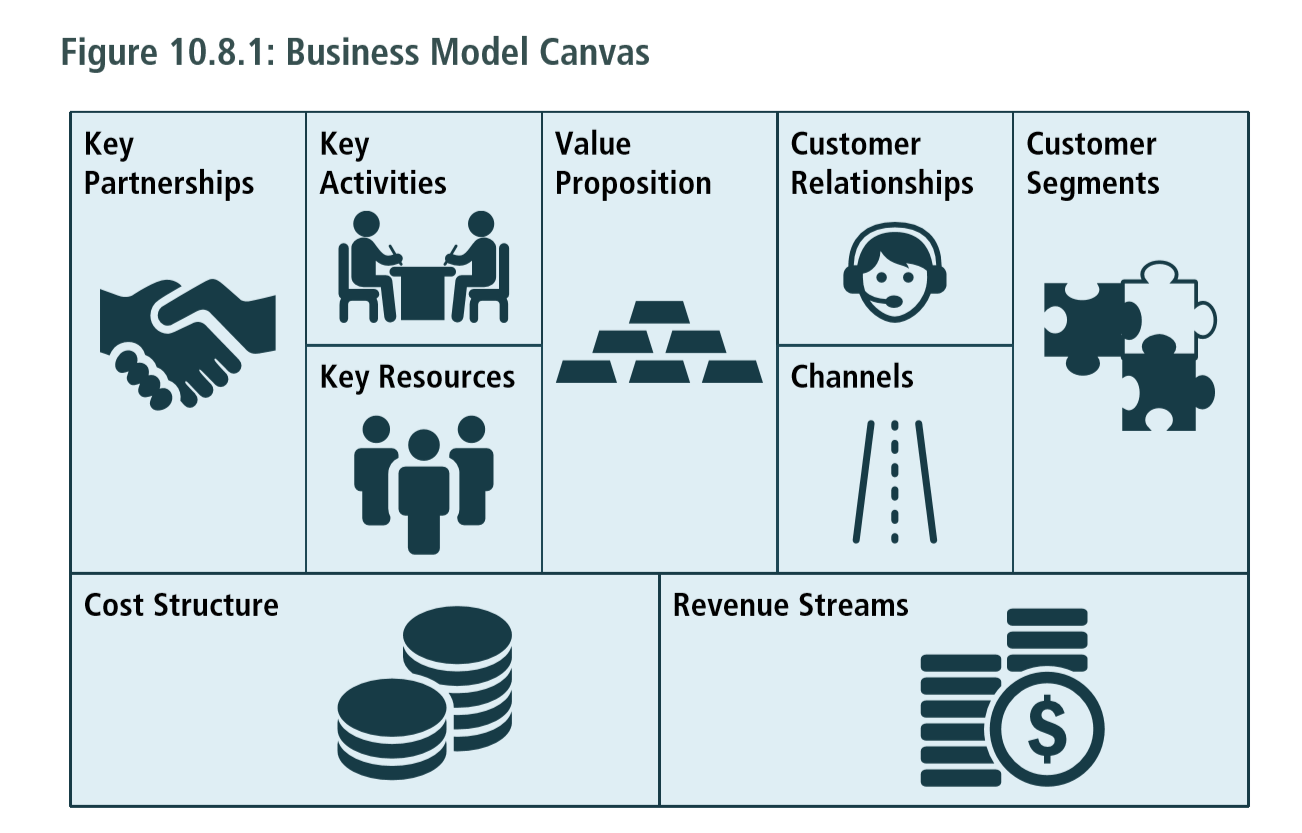Ode to a Picture
Practically everyone has heard the expression “a picture paints a thousand words”. In the world of art, a picture can be used to express ideas and evoke emotions, or it can also simply be used to capture on canvas something or someone significant. In the professional world, carpenters and architects rely on drawings to build to precise specifications. In the business analysis world, the whole purpose of creating a picture, otherwise known as a diagram, is to clearly communicate information without using words.
There are many different types of diagrams at our disposal, and I will attempt to name a few key ones here: entity, activity, data flow, sequence, use case, flowchart, system context, workflow, object, component, and UML. However, the focus here is on what you want to convey to your audience through a diagram and the benefits of doing so, rather than how or which diagram you should use to do so. The point is to emphasize the benefits in the use of diagramming in many situations to communicate meaningful information and transform your business analysis efforts!
What a Diagram Can do for You
Diagrams can tell a story from numerous perspectives. For example, they can be used to confirm our understanding of processes, or to define system interfaces. They can illustrate system and network connectivity. They can help to explain complex processes. Diagrams can depict workflow, business processes and system interactions. They can help to define in scope and out of scope features. They can also help establish or confirm understanding between the business analyst and a stakeholder in a way that verbal or written words sometimes cannot.
Diagrams can help confirm requirements by illustrating what needs to happen in a system or workflow. They can also be used to model database structures and to depict data flow. Diagrams can cut across confusing jargon or long-winded verbal or written explanations and get right to the point in the simplest of terms. When you consider all of the benefits, the power of a diagram is undeniable!
Diagrams are Blueprints to the Past, Present and Future
Diagrams can be used as blueprints for past, current or future conditions. For instance, diagrams from the past can help explain why outdated processes or procedures might have come into existence. How many times have you come across the question “why do we do this”? The typical answer of “because we’ve always done it this way” never solves the problem.
If only you could time travel back in time to document a process using a diagram so that in the current day you or anyone else could easily answer any questions about the “why’s” of a process or procedure. Prevent this lapse of information for future questions and diagram your process!
Take Time to be in the Present
Although your stakeholders (and you) might be very familiar with the tasks and workflow used with a given process, it is still beneficial to take the time to depict current “as-is” diagrams. These diagrams are helpful to illustrate current interactions between actors and systems as well as point out manual tasks that might be targets for process or system improvements. Current state/as-is diagrams can also serve as a valuable documentation tool. New employees and auditors alike tend to appreciate the information conveyed in a diagram.
Additionally, going through the process of building out diagrams for current business systems and stakeholder processes can help demonstrate the need for better written procedures. Current state diagrams can also help point to key performance indicators when changes are proposed. For instance, when comparing the proposed future state to the current state, time-consuming manual tasks will hopefully be earmarked for potential elimination. Having these diagrams at your fingertips can make these improvement opportunities stand out, which will make the task of quantifying the time saved or cost savings (or whatever differences) that much easier to document.
Advertisement
Illuminate the Future
Future state or “to-be” diagrams can help to illuminate the roadmap for upcoming changes, whether that might be a business process, a system component, or a new business system altogether. For instance, they can help define system changes and plan improvements to technical interfaces, thereby avoiding future outages. They can help to confirm our understanding of impending changes to processes and to thereby plan accordingly. They can also help identify the business processes that may become obsolete. Future state diagrams can also help the organization stay focused on the planned and specified changes or help to inform decisions to adjust the plan if necessary.
Conclusion
As a business analyst, the diagram has to be one of the strongest tools in the arsenal of BA weapons. There are so many uses and applications where a diagram can transform work efforts. It doesn’t have to be fancy or complex. In fact, the simpler the better. The point is to use a diagram to convey the desired information in as clearly a manner as possible. The benefits of a diagram can be felt across all levels of the organization, communicating across different levels of knowledge and understanding. Diagrams can clarify information for stakeholders and business analysts alike.
They can validate or improve existing understanding and inform future changes. They can serve as documentation for auditors, and training tools for staff. Diagrams can highlight the need for improvements and underline performance improvement indicators.
The uses and benefits go on and on, so hopefully this will inspire you to take a little time in each of your project efforts to paint the picture that will prevail in communicating your message and save yourself a thousand words!


